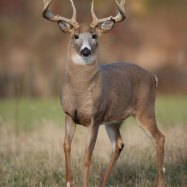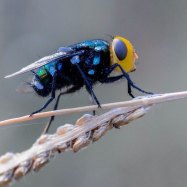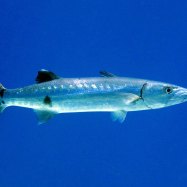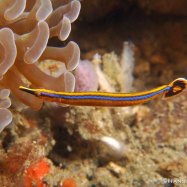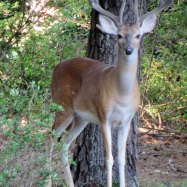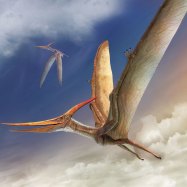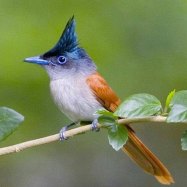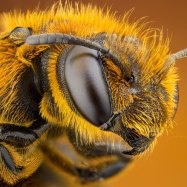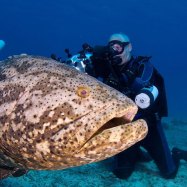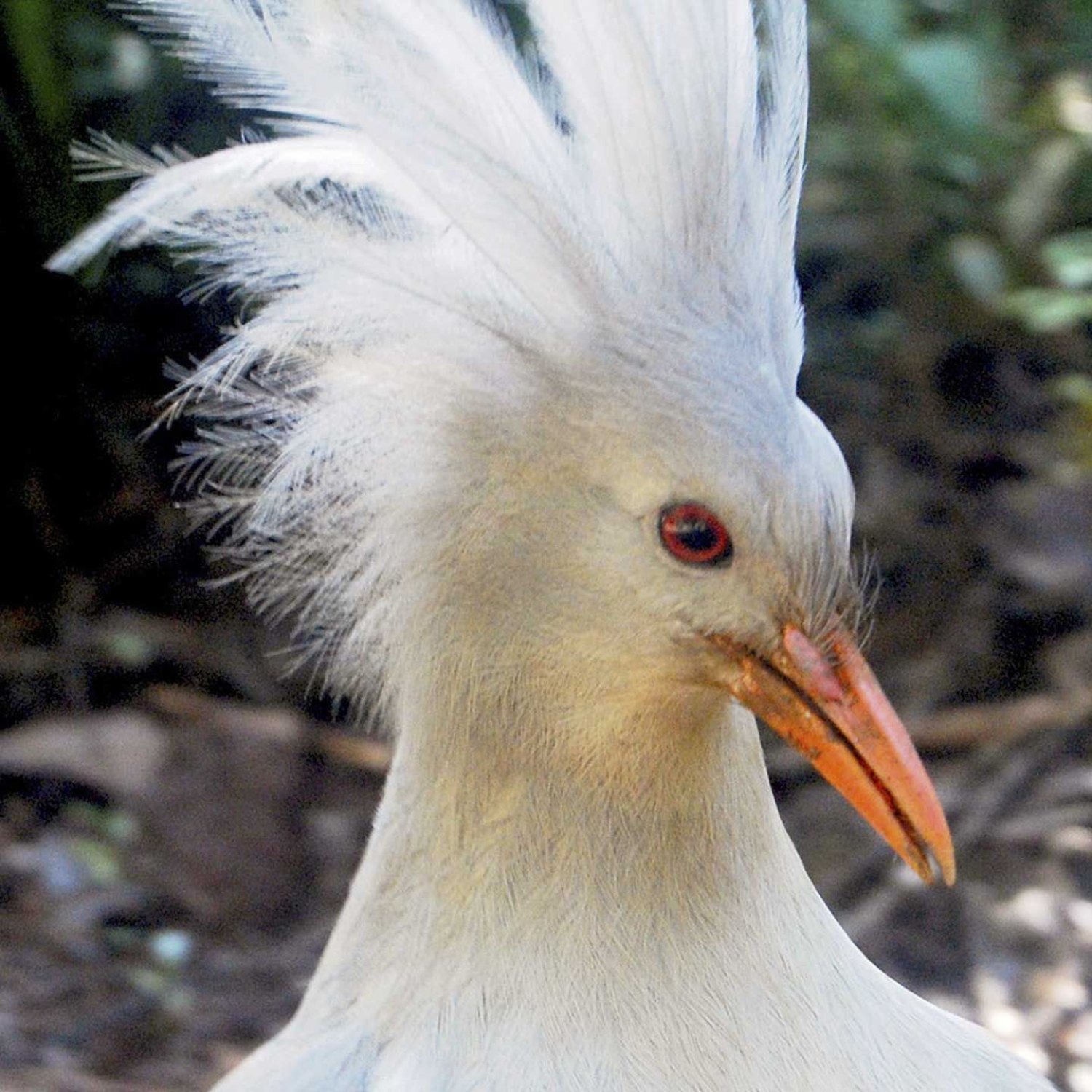
Kagu
55-65 cm
The Kagu, a unique and elusive bird found only in New Caledonia, is a medium-sized creature with a striking appearance. With its long straight bill and long legs, it belongs to the Rhynochetidae family. Measuring 55-65 cm in length, the Kagu is a must-see for any bird lover visiting the region. #Kagu #NewCaledonia #birdwatching
Animal Details Summary:
Common Name: Kagu
Kingdom: Animalia
Habitat: Lowland forests, river valleys
The Kagu: The Elusive and Enchanting Bird of New Caledonia
Hidden deep within the lush lowland forests and river valleys of New Caledonia, lies a bird that has intrigued scientists and bird watchers alike for decades. Meet the Kagu, scientifically known as Rhynochetos jubatus, a medium-sized, carnivorous bird with a striking blue-grey plumage and white highlights. This elusive and enchanting creature has captured the hearts and minds of many, but its mysteries continue to fascinate and surprise researchers.The Kagu belongs to the animal kingdom, class Aves, and is a member of the Gruiformes order and the Rhynochetidae family Kagu. This rare bird can only be found in the islands of New Caledonia, a French overseas territory situated in the South Pacific Ocean. Its name, in the native language of the Kanak people, means "ghost of the forest," and it is easy to see why – with its elusive nature and remarkable appearance, the Kagu is truly a ghostly and mythical creature.
Habitat and Geographical Distribution
The Kagu's habitat is limited to the island of New Caledonia, making it an endemic species. These birds are predominantly found in the dense forests, especially in the underbrush, where they build their nests. They prefer to live near freshwater sources, such as rivers and streams, where they can easily find their preferred prey. These birds are also known to be quite territorial, and they fiercely defend their home ranges from other Kagus.The Kagu's home turf, New Caledonia, is located approximately 1,200 km east of Australia in the South Pacific Ocean. This island is a tropical paradise, boasting over 50% of its land being covered in forests, making it the perfect habitat for the Kagu. However, deforestation and habitat destruction have greatly impacted the Kagu's population, and it is currently classified as "endangered" on the International Union for Conservation of Nature (IUCN) Red List Kangaroo. Conservation efforts are being made to protect its habitat and increase its population.
Physical Characteristics
The Kagu is undoubtedly one of the most beautiful birds you will ever lay your eyes upon. It has a striking blue-grey plumage with white highlights that give it an almost ethereal appearance. Its medium-sized body, measuring between 55-65 cm in length, is complemented by a long, straight bill, and long, elegant legs. These features make it a distinctive and graceful bird.But what sets the Kagu apart from other birds is its unique crest. The Kagu has a large, grey crest of feathers on top of its head that it can raise or lower depending on its mood. It is believed that the crest is used for communication purposes between Kagus, making it an essential feature for their survival in dense forests.
Feeding Method
The Kagu is a carnivorous bird, and its diet mostly consists of invertebrates, such as snails, insects, and earthworms. With its long, sharp bill, it can easily probe through dead leaves and underbrush to find its prey. Its long legs also come in handy when hunting, as it allows the Kagu to move quickly and effectively through the forest floor.Although the Kagu's diet may seem simple, it is essential for the health of the forest. As a natural regulator of invertebrate populations, the Kagu plays a crucial role in the ecosystem and helps maintain a balance between prey and predators.
Adaptations and Behavior
Living in a dense and competitive forest environment, the Kagu has developed several adaptations that make it a successful predator. Its long bill and legs, as mentioned earlier, are among its most striking features but are also essential for its survival in the wild. The Kagu has a keen sense of smell, which it uses to locate its prey, and its sharp talons and strong legs allow it to catch and kill its prey efficiently.The Kagu is also well-equipped for life in the dense forests. Its feathers are hardened at the tips, making them more resistant to wear and tear from the underbrush. Additionally, their plumage has a remarkably low-water absorption rate, which allows them to maintain their flight capabilities during heavy rainfall.
In terms of behavior, the Kagu is a nocturnal bird, meaning it is most active at night. They are solitary creatures, and it is rare to find them in groups, except during the breeding season. They are quite stealthy and elusive, preferring to stay hidden from predators and human disturbances. They also use a range of vocalizations, including low moans, screeches, and raspy calls, to communicate with other Kagus.
Threats and Conservation Efforts
The Kagu's biggest threat to its survival is habitat loss and deforestation. Human activities, such as logging, agriculture, and urbanization, have significantly reduced the amount of suitable habitat for Kagus to thrive. The introduction of invasive species, such as rats and cats, has also played a role in reducing the Kagu's population.To address these threats, various conservation efforts have been put in place. These include habitat protection, captive breeding programs, and predator control measures. The protection of the Kagu's habitat is critical in ensuring its survival, and local communities are being educated on the importance of preserving this unique bird and its habitat.
Conclusion
In conclusion, the Kagu is truly a remarkable and captivating bird of New Caledonia. Its beautiful appearance, elusive nature, and critical role in the ecosystem make it a creature worth protecting and preserving. However, with its habitat under constant threat, it is crucial for us, as humans, to take action and ensure the survival of this amazing bird for generations to come.As we continue to learn more about the Kagu and its behaviors, we also gain a deeper appreciation for the beauty and complexity of the natural world. Let us all work together to protect and preserve the Kagu and its habitat for future generations to enjoy and appreciate.

Kagu
Animal Details Kagu - Scientific Name: Rhynochetos jubatus
- Category: Animals K
- Scientific Name: Rhynochetos jubatus
- Common Name: Kagu
- Kingdom: Animalia
- Phylum: Chordata
- Class: Aves
- Order: Gruiformes
- Family: Rhynochetidae
- Habitat: Lowland forests, river valleys
- Feeding Method: Carnivorous
- Geographical Distribution: New Caledonia
- Country of Origin: New Caledonia
- Location: New Caledonia
- Animal Coloration: Blue-grey plumage with white highlights
- Body Shape: Medium-sized bird with a long straight bill and long legs
- Length: 55-65 cm
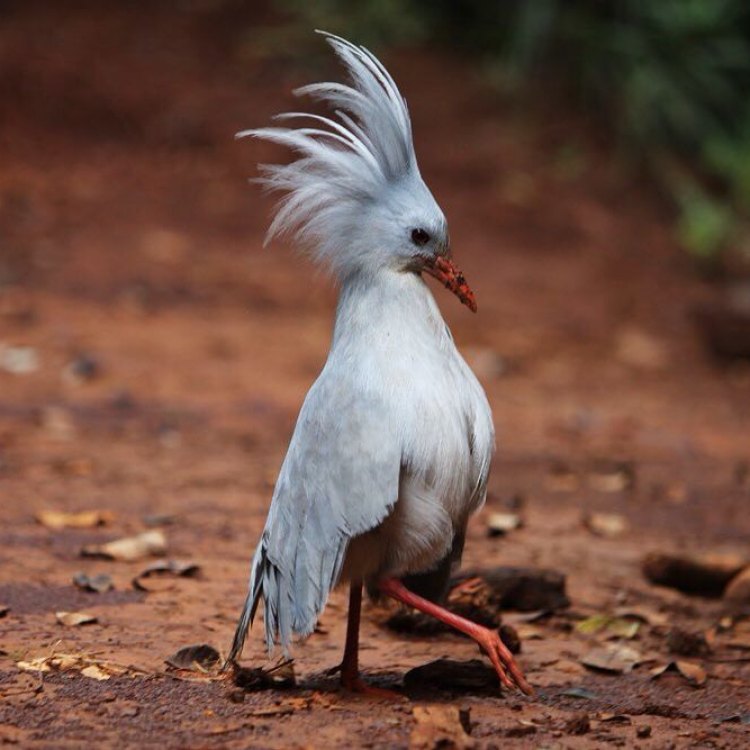
Kagu
- Adult Size: Medium
- Average Lifespan: 15-20 years
- Reproduction: Monogamous
- Reproductive Behavior: Nest-building in trees
- Sound or Call: Loud whistling and booming calls
- Migration Pattern: Non-migratory
- Social Groups: Solitary or in small family groups
- Behavior: Secretive and mostly active at night
- Threats: Habitat loss, predation by feral cats and dogs
- Conservation Status: Endangered
- Impact on Ecosystem: Role as an insectivore
- Human Use: Not used by humans
- Distinctive Features: Long legs, long bill, unique plumage
- Interesting Facts: The Kagu is the only surviving member of its family
- Predator: Feral cats and dogs
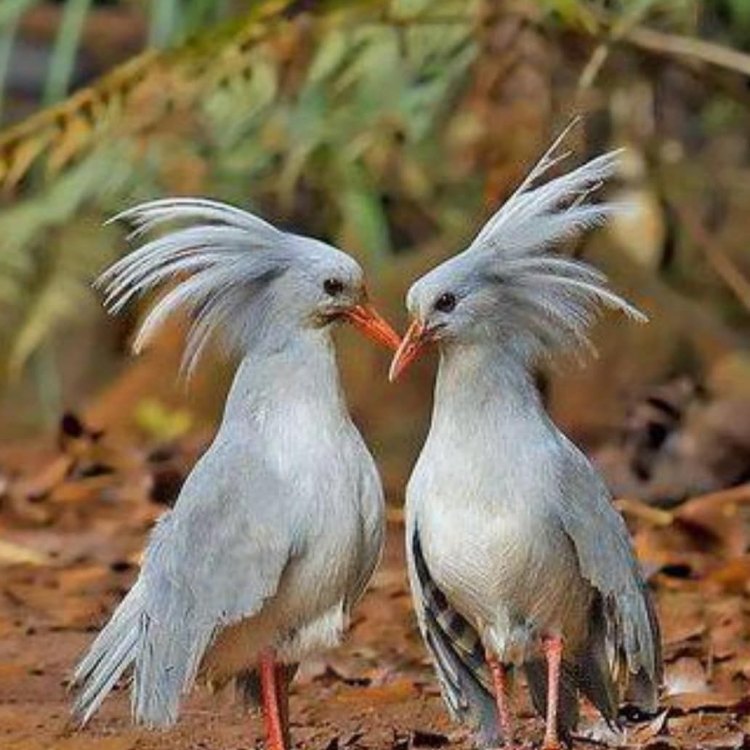
Rhynochetos jubatus
The Elusive and Unique Kagu: A Threatened Bird of New Caledonia
Deep in the dense forests of New Caledonia, a small and secretive bird roams the underbrush, its distinctive calls echoing through the trees. The Kagu, a medium-sized bird with long legs, a long bill, and unique plumage, is the only surviving member of its family, making it a truly one-of-a-kind species.Despite its mysterious nature, the Kagu faces many threats, including habitat loss and predation by feral cats and dogs. With its endangered conservation status and an important role in its ecosystem as an insectivore, the Kagu holds a special place in the history and future of New Caledonia PeaceOfAnimals.Com.
Let's delve into the fascinating world of the Kagu and discover what makes this bird so special.
The Adult Size and Average Lifespan of Kagu
The Kagu is a medium-sized bird, typically ranging from 55-60 centimeters (22-24 inches) in length and weighing around 1.2 kilograms (2.6 pounds). It has a distinctively long, grayish-white bill, and long, bright red legs, giving it a somewhat comical appearance.Despite its small stature, the Kagu can live quite a long life, with an average lifespan of 15-20 years. This is a significant achievement for a bird living in the wild, where the average lifespan is only 2-3 years. This long lifespan is in part due to the low predation rate and the Kagu's slow reproductive rate, with only one or two chicks hatching each year.
Reproductive Behavior: Monogamy and Nest-Building in Trees
Kagus are known to be monogamous, meaning they mate with only one partner for life Koolie. During breeding season, which typically occurs between October and February, the male and female Kagu will build a nest together in a tree, using branches, leaves, and moss. They usually choose a sheltered spot in the forest to protect their eggs from predators.After the female lays two eggs, the male and female both take turns incubating the eggs and caring for the chicks. This shared responsibility helps strengthen the bond between the Kagu pair and ensures the survival of their offspring.
Sound or Call: Loud Whistling and Booming Calls
While the Kagu may be a solitary bird, it is certainly not quiet. In fact, it is known for its loud and distinct vocalizations, which can be heard throughout the forest. The Kagu's whistling call can reach up to 100 decibels, making it one of the loudest bird calls in the world. It also has a deep booming call, which is mainly used during courtship and territorial displays.These vocalizations play an essential role in the Kagu's communication, as they can be heard up to a kilometer away in the dense forest, helping them locate their mate and defend their territory.
Migration Pattern: The Only Non-Migratory Bird in New Caledonia
Despite living on a small island, the Kagu is the only non-migratory bird in its native land of New Caledonia. It is well-adapted to its habitat and does not need to migrate for food or breeding purposes. It has specialized feet that allow it to easily navigate through the dense underbrush, making it a skilled hunter of insects, mollusks, and other small invertebrates.While it may not migrate, the Kagu does have a unique behavior of roosting, where it spends its nights perched in trees. This behavior is believed to help protect it from predators, as well as provide a safe and sheltered resting spot.
Social Groups: Solitary or in Small Family Groups
As mentioned earlier, the Kagu is a solitary bird, and it is typically found roaming the forest alone. However, during breeding season, they may form small family groups consisting of a mating pair and their offspring. These groups are vital for the survival of the species, as they work together to protect their territory and care for their young.Despite their solitary nature, Kagus are extremely territorial birds and will defend their area fiercely if threatened. They have been known to use their loud calls and fierce displays to scare off intruders and protect their territory.
Behavior: Secretive and Mostly Active at Night
The Kagu is a secretive bird, and its elusive behavior makes it challenging to study and observe in the wild. They are mostly active at night, using their sensitive hearing and excellent vision to navigate through the dark forest. This behavior is also a defense mechanism against predators, as they can remain hidden from sight while foraging for food.During the day, the Kagu will rest and preen its plumage, which is essential for keeping its unique and beautiful appearance. Their plumage is believed to play a role in thermal regulation, keeping them cool in the hot and humid forests of New Caledonia.
Threats: Habitat Loss and Predation by Feral Cats and Dogs
Unfortunately, the Kagu faces many threats to its survival, primarily due to human activities. Habitat loss is one of the most significant threats, as forests in New Caledonia are being cleared for agriculture, mining, and urban development. This loss of habitat has significantly reduced the Kagu's range, making it more vulnerable to other threats.Another significant threat is predation by feral cats and dogs, which were introduced to the island by humans. These predators have no natural predators on the island, making them a severe threat to the Kagu. Feral cats and dogs have been known to attack and kill Kagus, as well as destroy their nests, leading to a decline in their population.
Conservation Status: Endangered and Its Impact on the Ecosystem
Due to these threats, the Kagu is listed as endangered on the IUCN Red List, with only around 250-1000 individuals remaining in the wild. Conservation efforts are underway to protect the remaining population, including reintroduction programs and the establishment of protected areas in the forests of New Caledonia.The Kagu plays an essential role in its ecosystem as an insectivore, helping to control insect populations. Its role as a predator can also have a cascading effect on the ecosystem, as it helps maintain the balance of its food web. Without the Kagu, the insect population could increase, leading to a decline in other species and imbalances in the forest ecosystem.
Human Use: Not Used by Humans
While the Kagu may have cultural significance to the Kanak people, the native inhabitants of New Caledonia, it is not used by humans in any significant way. Its secretive nature and small population make it impossible to hunt for food or use its feathers for decoration. Instead, the Kagu serves as a symbol of New Caledonia's unique biodiversity and the importance of preserving its native species.In Conclusion
The Kagu, with its long legs, long bill, and unique plumage, is truly a remarkable and elusive bird. As the only surviving member of its family, it holds a special place in the ecosystem and culture of New Caledonia. However, it is facing many threats, particularly from habitat loss and predation by feral cats and dogs.Conservation efforts are crucial to protect this endangered species, not only for its own survival, but also for the balance of its ecosystem. As we continue to learn more about this elusive bird, let us work towards preserving its home and ensuring a future for the Kagu in its natural habitat.
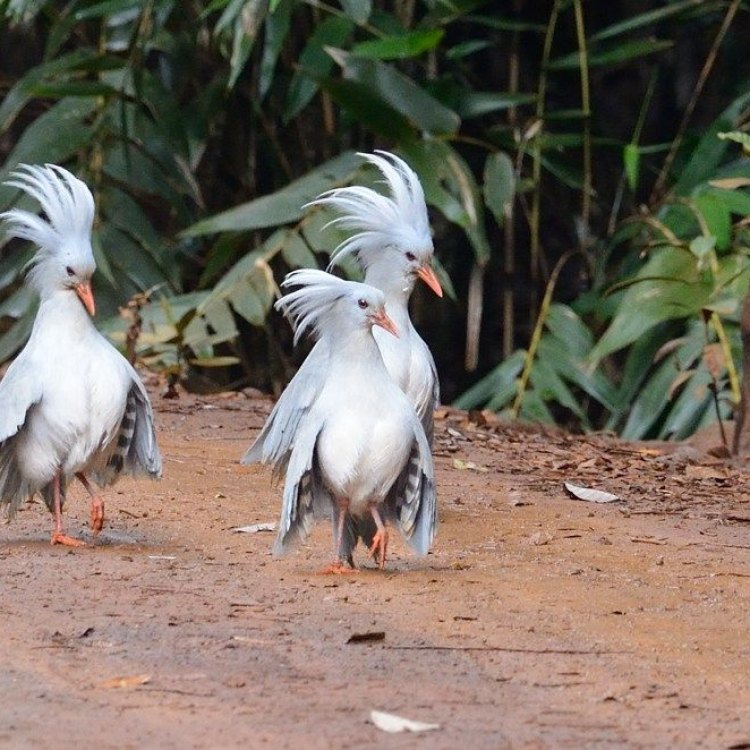
The Kagu: The Elusive and Enchanting Bird of New Caledonia
Disclaimer: The content provided is for informational purposes only. We cannot guarantee the accuracy of the information on this page 100%. All information provided here may change without prior notice.

